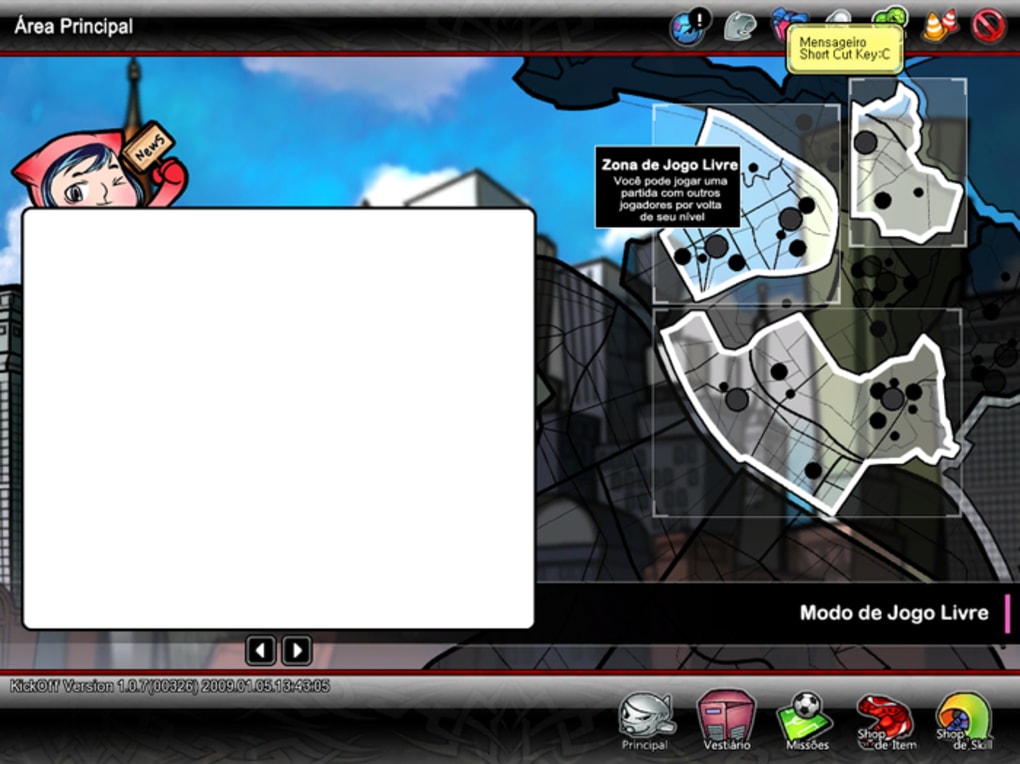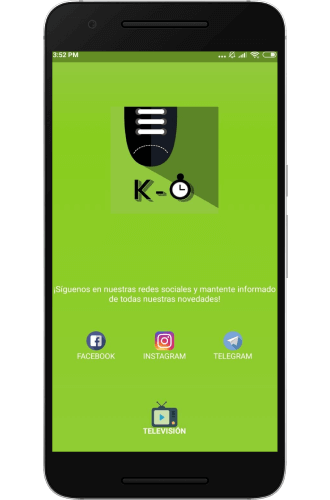

’90, director of Entrepreneurship at Cornell, speaks at the resource fair. Kickoffs out of bounds will be placed 30 yards from the spot of the kick, meaning at the 50-yard line outside a penalty accessed on the kickoff.Zach Shulman ’87, J.D. The kick becomes dead if it’s not touched by the receiving team and the ball would be placed at that spot. The first touch must be by the receiving team after a kickoff travels 20 yards. Kickoffs in the USFL occur from the 20-yard line, which essentially eliminates kickoffs making it to the end zone. innovative rules provide opportunity for players to deliver exciting, game-changing big plays to fans. Many USFL players see a path through ST play. USFL is proud to keep “special” in special teams with traditional kickoffs that maintain player safety. The USFL even took a jab at the NFL’s new kickoff rule: Also, there are no surprise onside kicks as teams have to alert officials that they’re attempting one. If the ball bounces in bounds and then out of the end zone or is downed in the end zone, the ball is placed at the return side 15-yard line.

If the ball is kicked into the end zone and is downed, it’s considered a “major” touchback and the ball is placed at the return side 35-yard line. The XFL has an interesting twist on touchbacks, as you might expect. The committee also changed the starting position on touchbacks that year so that the receiving team started its drive on the 25-yard line instead of the 20. Before the 2012 season, kickoffs were moved from the 30-yard line to the 35. The NCAA approved the 25-yard line rule involving a fair catch outside the end zone leading up to the 2018 season. It seems like the NFL is following the path stamped by college football with the new fair catch kickoff rule.

#KICKOFF APP FREE#
The ball will be put in play at the receiving team’s 25-yard line if there is a fair catch on a free kick (kickoff or safety kick) behind the receiving team’s 25-yard line. This brought the outstretched arms maneuver into play for returners. The league allowed for a touchback if the ball touched the ground in the end zone even without a returner touching the ball. “We passed that also for one year because we do want to see if it changes the numbers and how it impacts the game because there is that thought that there will be some more short kicks.” 2018 “We passed moving the touchback to the 25, which we do think has a safety element to it,” NFL commissioner Roger Goodell said at the league owners meetings in March 2016. This was also originally a one-year rule proposal that still stands. The league incentivized touchbacks on kickoffs altering the ball placement from 20-yard line to the 25-yard line. The NFL said, “the number of concussions on kickoffs dropped by 40 percent during the 2011 season, and the return rate fell from 80 to nearly 50 percent.” 2016 The league moved the kicking line back to the 35-yard line and also limited running starts by the kicking team. Instead of praising an increase in returns, the league looked to limit returns in an effort to reduce injuries. The league lauded how the move “boosted the return rate to 88 percent in the 1994 season from 68 percent the previous year.” 2011Ī shift in philosophy changed. Kickoff tee placement was moved from the 35-yard line to the 30-yard line. … Kickoff return rates immediately jumped from 75 to 92 percent.” 1994 The league cited it was “part of a broad package designed to rev up the game, the change was made to produce more exciting returns. Kickoff tee placement was moved from the 40-yard line to the 35-yard line. Here’s a timeline of notable changes involving ball placement and touchback/fair catch ball placement leading up to the league’s latest fair catch rule: 1974 But there’s been plenty of alterations within the last 10-12 years. There seemingly wasn’t too many changes for many years within the kickoff and return rules involving specific ball placement and touchbacks.


 0 kommentar(er)
0 kommentar(er)
